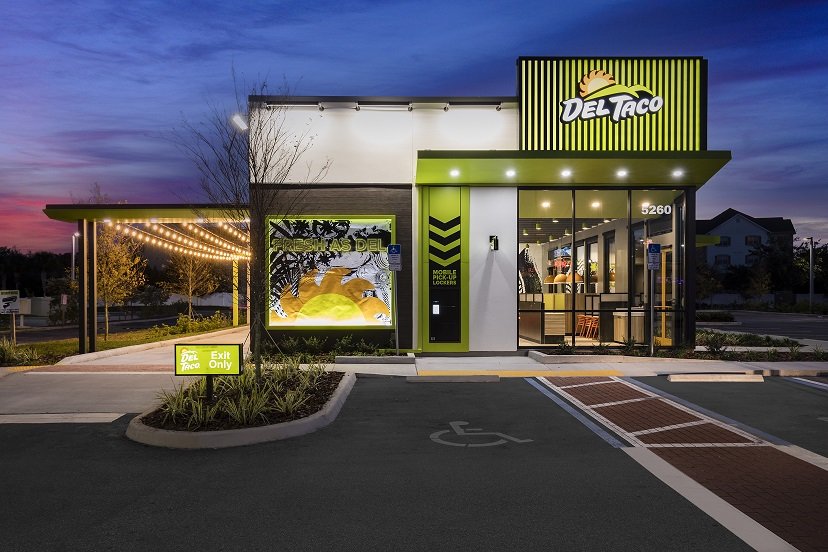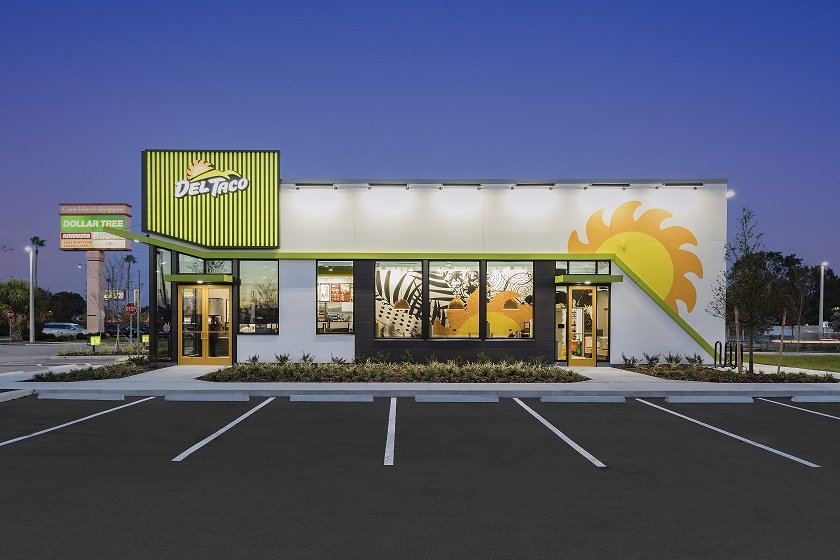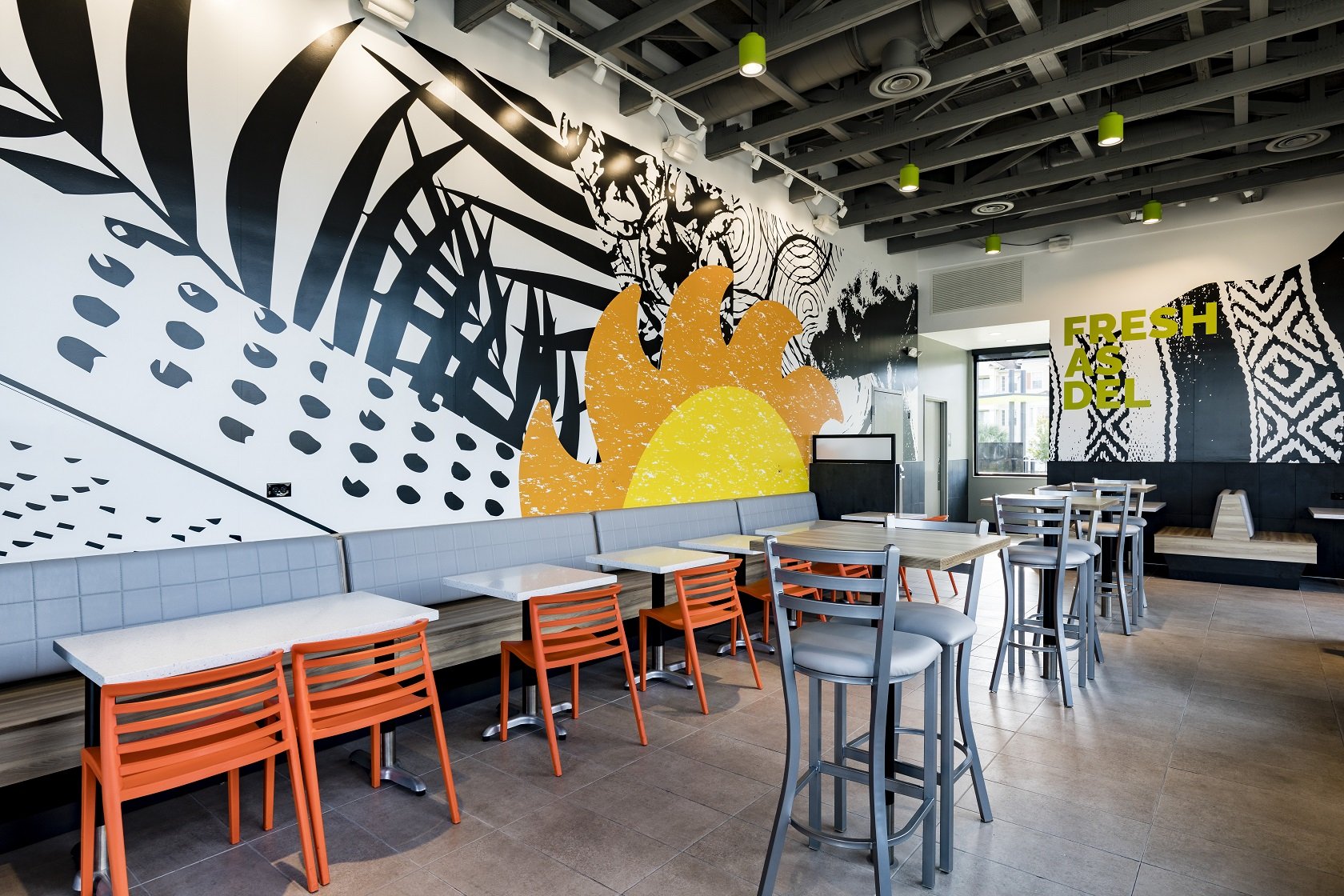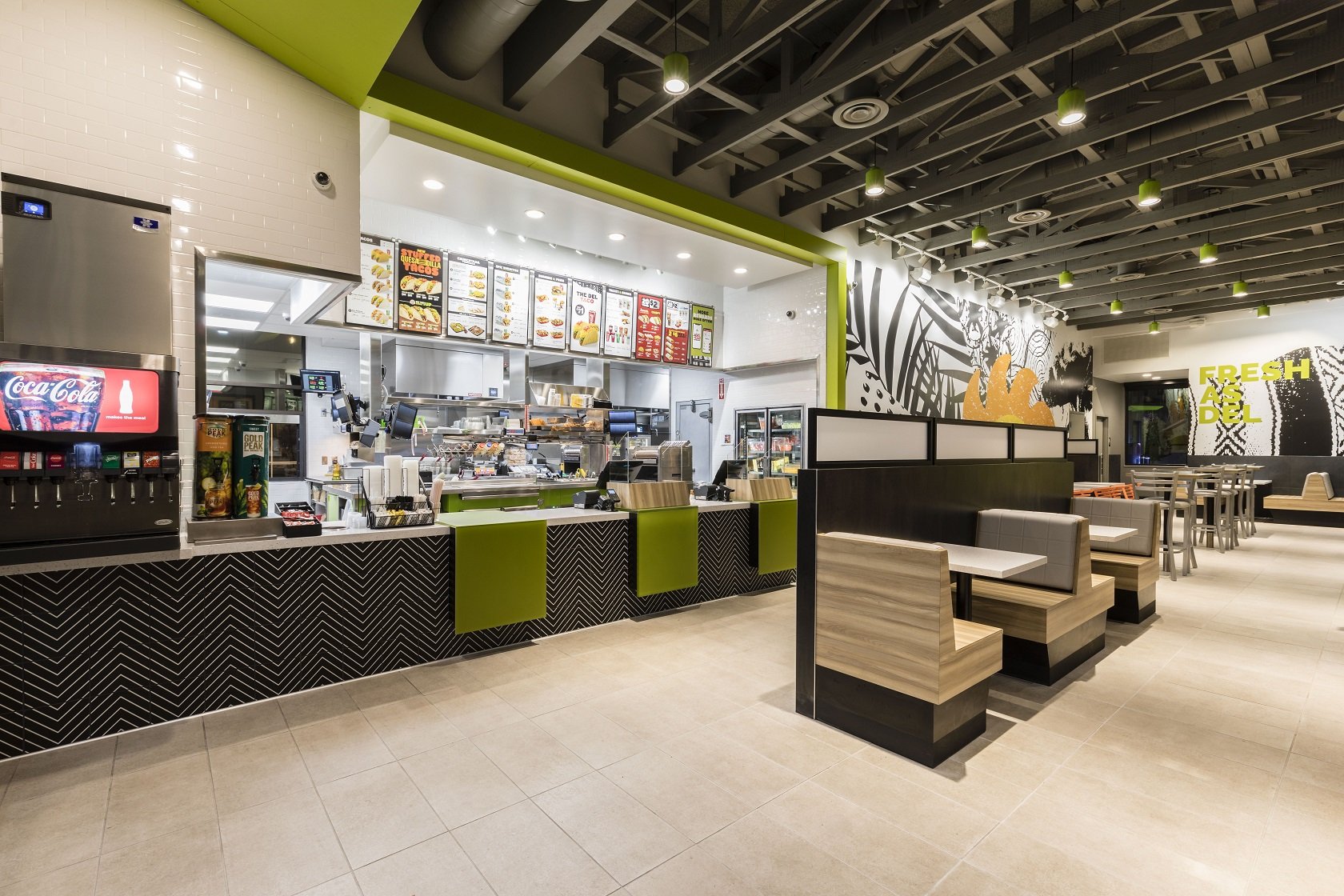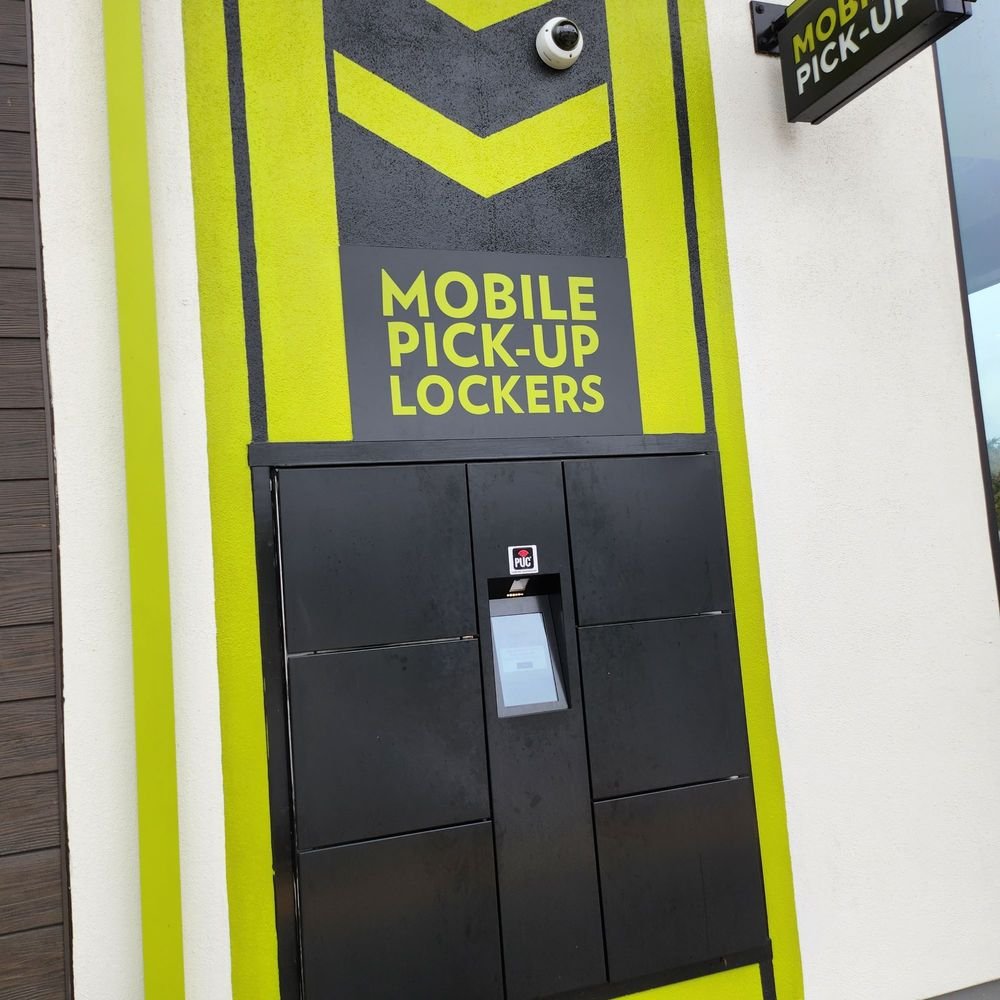Del Taco Menu of Venues Reimage STRATEGY
Del Taco realized that it had to make a significant leap with the branded image and operational format across its 600-location legacy brand that was founded in 1964. Both their proprietary and syndicated research showed that the aging facilities in their core markets were a negative drag on the competitiveness of the brand. Additionally, restaurant technology was quickly changing as well as how the consumer wanted to use it at quick service restaurants. They needed a new strategy to take advantage of these opportunities and reinvent the Del Taco experience. They reached out to BrandTrip Partners to quarterback this strategic initiative.
Turn More Tacos By Turning More Heads
The existing design featured dark and rich colors. To signal to the public that something exciting was happening at Del Taco, the new design featured fresh, bright, energizing, and inviting colors. Additionally, a new signage package included powerful branded vertical tower lighting that you can see from an impressive distance.
This Isn’t Your Father Drive-Thru
This design was the first three-drive-thru lane system in the QSR category with one dedicated to mobile and third-party delivery drivers to increase the speed of service and sales volume. It also included an option for digital pick-up lockers for guests and third-party delivery drivers which ultimately also rolled out into remodels of existing locations. Digital menu boards were incorporated into the design along with AI voice-activated ordering at the drive-thru.
Flexing The Design Muscle
To promote brand growth, we implemented what was eventually called the “Fresh Flex” strategy. Instead of the classic single quick-service restaurant design, we identified that in the future the brand would need to be flexible and opportunistic when it comes to location choices. A location with less density may require a smaller build investment as it would likely incur lower sales such as in more rural areas. With third-party delivery adding significant volumes, there may be opportunities for locations in high-density areas that would require smaller footprints and no dining rooms due to the scarcity of real estate options. Other opportunities may include double or triple drive-thrus. This strategy would open up the funnel for expansion and location success with a “Menu of Venues.”
Additionally, the design needed to help refresh the existing fleet of locations. Many of these were built in the 1970’s, 80’s, and 90’s. We included upfront in the project that the design would need to flex in those directions as well.
Listening & Learning
A variety of online and live consumer research events were part of the pre-build and post-build phases to deliver quality feedback and direction to the final physical design, technology touchpoints, operational and technology systems, and overall guest experience. This was done for both new and retro-fitted remodels.
Rapid Results
After testing over 20 remodels and new builds to ensure success, an incentive program was rolled out to the franchise community that received commitments to reimage 30% of the brand in less than a year.

